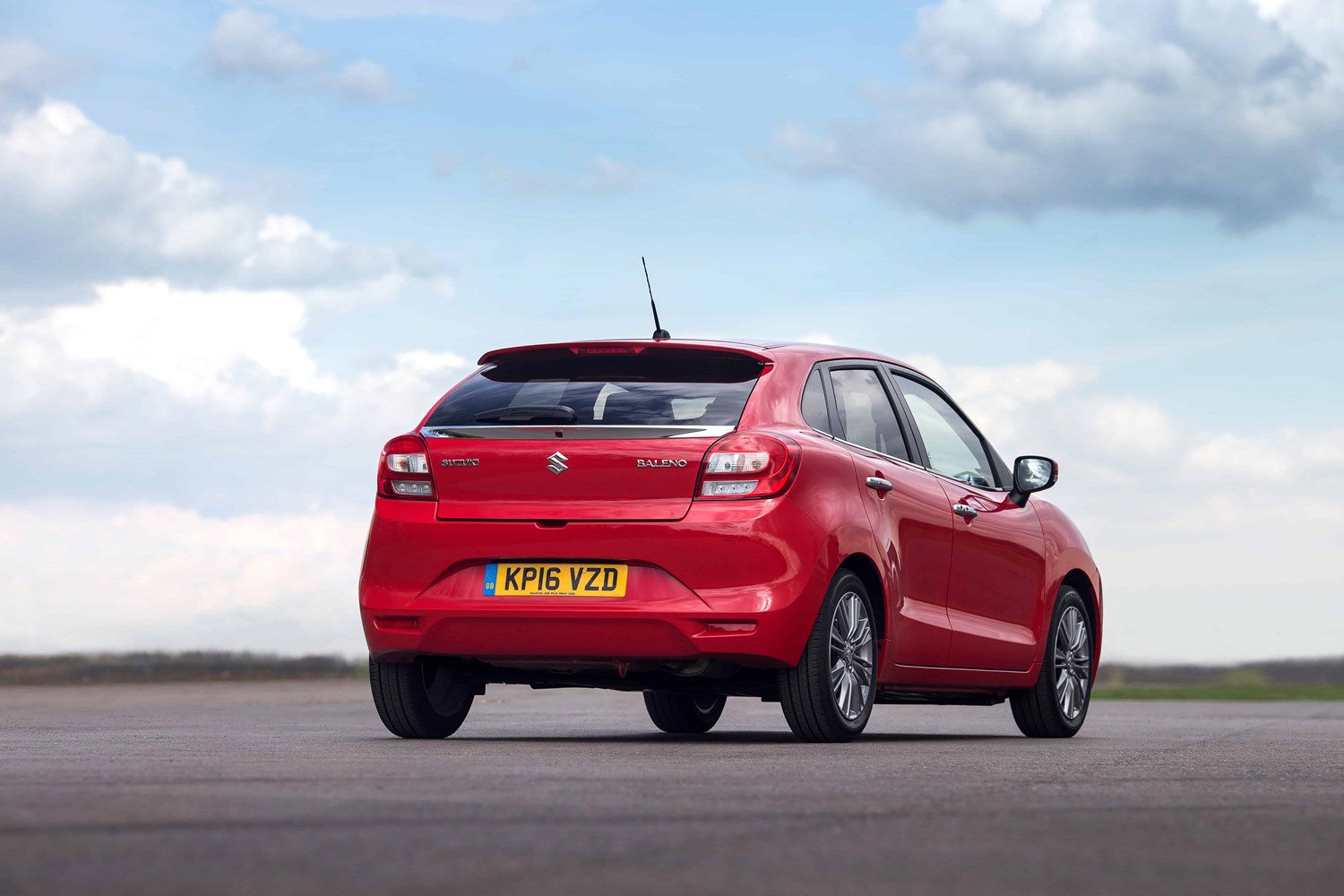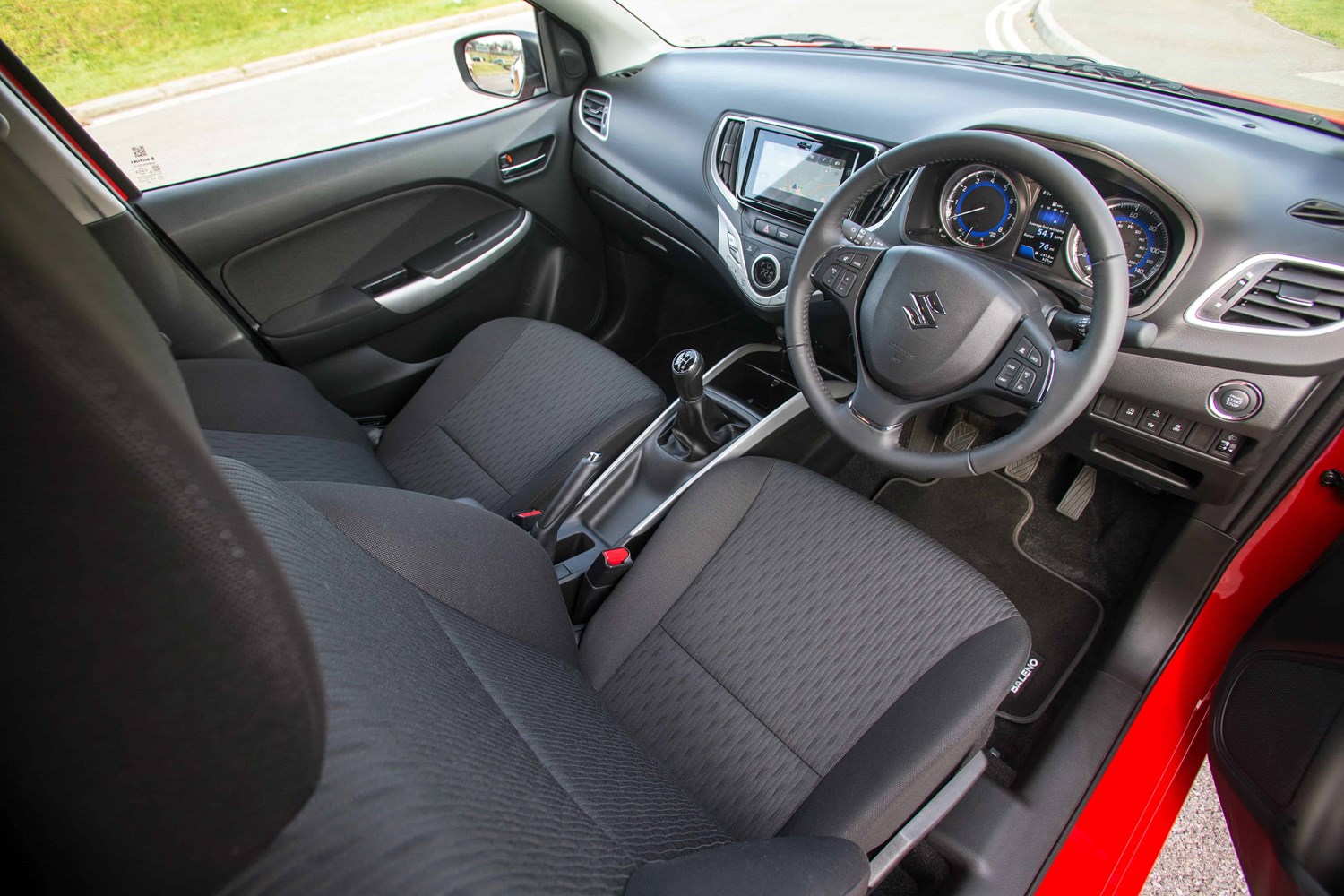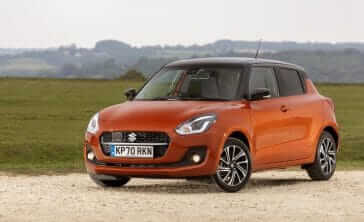Model review
The Suzuki Baleno might not be the obvious choice if you’re looking for a fun, practical supermini, but its combination of practicality and low running costs have made it a rival that’s worth considering for anyone looking for a runabout on a budget.
Essentially the Baleno is a direct rival for the likes of the Suzuki Swift, Kia Rio and Dacia Sandero, but because of the spacious cabin it actually comes close to bigger rivals like the Volkswagen Golf and Seat Leon.
It’s a model that was quite short-lived in Britain – first being shown at the 2015 Frankfurt Motor Show, and then being introduced to the UK in June 2016. Though, the model was discontinued on these shores in 2019 as the Japanese carmaker trimmed down its line-up – also removing the Celerio city car in the process. That said, it’s still worth considering as a used car proposition.




